 My Androgynous Boyfriend
My Androgynous Boyfriend
Story & Art: Tamekou
Translation: Jocelyne Allen
Adaptation: Lora Gray
Lettering: Laura Heo
Gender-bending is not exactly a new theme in manga; for instance, many North American fans cut their teeth on Ranma ½, where title character Ranma turns into a girl every time he is doused in cold water. Needless to say, as raucous and sweet as Ranma ½ can be, its treatment of gender ambiguity is not the most forward-thinking — and it is one in a large group of anime and manga series that like the idea of breaking down traditional gender roles, but are still stuck unintentionally perpetuating misogynistic tropes. Luckily, as time passes, the bar is set higher and higher, and newer series that seek to push the restrictive bounds of gender expression are more successful in their attempts.
One such manga is Tamekou’s My Androgynous Boyfriend, the first volume of which was released by Seven Seas Entertainment in February of this year. In it, female lead Wako works tirelessly in manga publishing, not showing much concern for her own appearance, but doting on her androgynous model boyfriend, Meguru. For his part, Meguru thinks that Wako-chan, as he calls her, is adorable. Meguru’s popularity helps boost sales at the clothing store where he sometimes works, and his boss is adamant that he not let his adoring fans know that he’s in a relationship. When he can’t help but let it slip that he’s already got a partner, he’s mistaken for gay — which is just fine with both his fans and his boss.
Wako is likewise mistaken for a lesbian by one of her coworkers, after she is seen out and about holding hands with Meguru. She ends up not worrying too much about it, and she and Meguru go on with their lives in the knowledge that at least they know where they stand with each other. The pair have been together since high school, after all. Their relationship is solid through and through.
That solidity is one of My Androgynous Boyfriend’s most appealing aspects. There is potential everywhere for drama to ensue, but Wako and Meguru never waver in their mutual respect and admiration for each other, at least not in the first volume. Though the series is certainly a romantic fantasy for the nerdy girl or woman who dreams of working in manga and finding a beautiful, dedicated boyfriend, Meguru is actually the kind of guy that a woman should seek out — a supportive, kind, thoughtful partner who is proud of his girlfriend and doesn’t want to hide their love from the world. The series is wholly unpretentious, but it manages to subvert expectations by depicting a healthy, un-self-conscious heterosexual relationship amidst a vast sea of romantic “problematic faves,” and a relationship that some may think of as deviant to boot.
Tamekou’s artwork sells the story, her rendering of Meguru in keeping with the tradition of bishōnen, or beautiful male characters, found in manga for decades. His wardrobe, being a central part of the manga, is effortlessly cool, every frame with him an Instagram-worthy portrait. Wako is definitely cute, but her height and big personality help to mark her as the “less feminine” member of the relationship — traits which Meguru finds irresistible. It should come as no surprise that Tamekou has done a great deal of boys’ love manga, whose fans they gently poke fun at with the largely female acceptance of Meguru’s fictitious gay romance.
The first volume of My Androgynous Boyfriend is populated by charming characters, a sweet romance grounded in real mutual affection, and a clean, fashionable, and fun aesthetic. Readers will be eager to see what hurdles Wako and Meguru are made to scale in subsequent volumes — and will have to wait patiently for the second volume’s release in August of 2020. But like true love, surely it will be worth the wait.


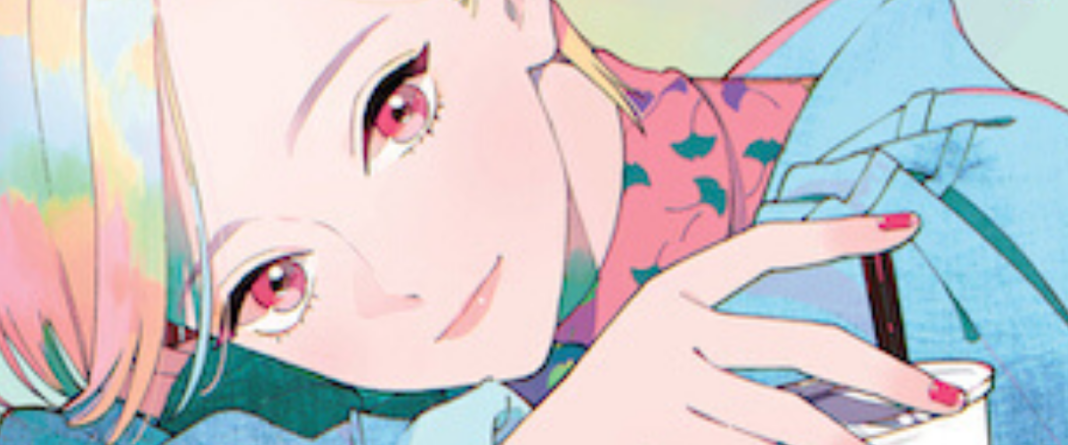
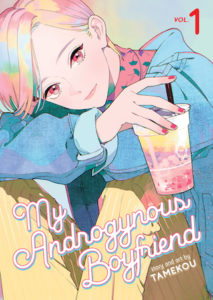 My Androgynous Boyfriend
My Androgynous Boyfriend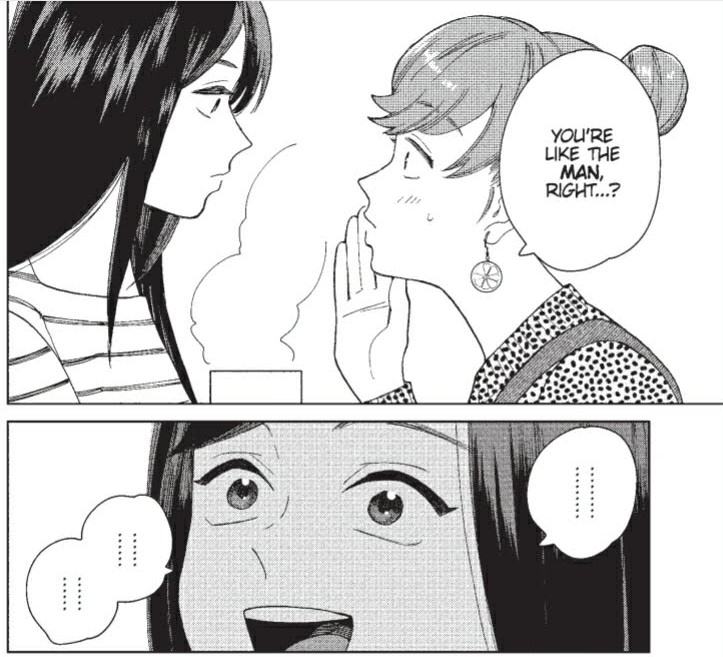
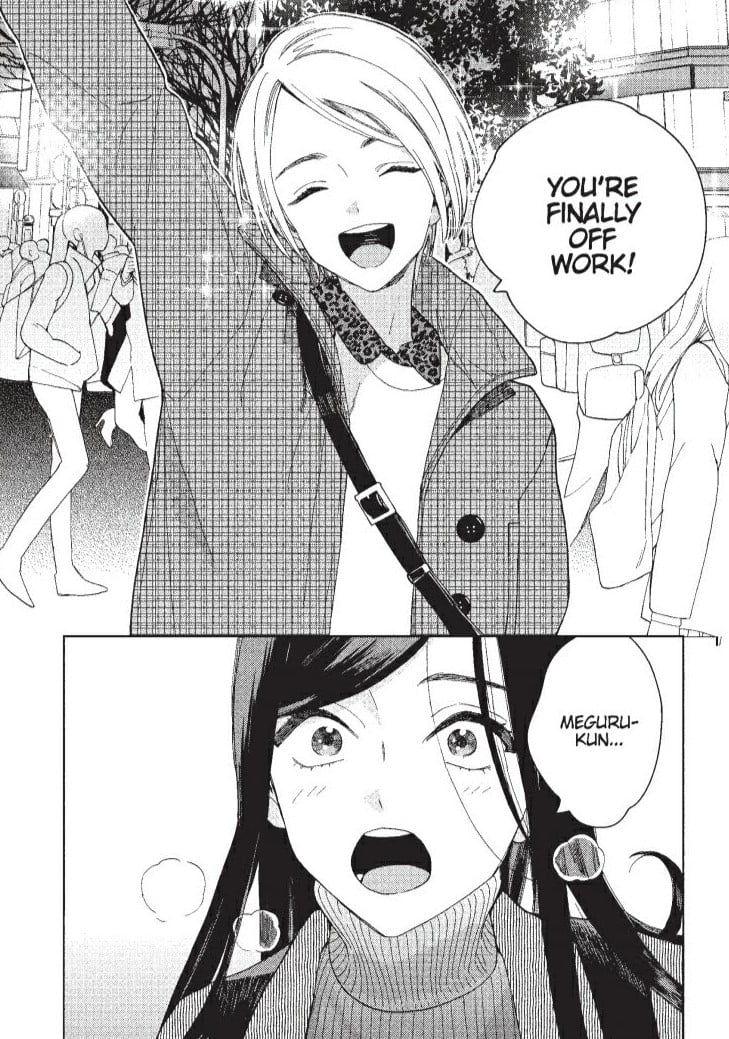
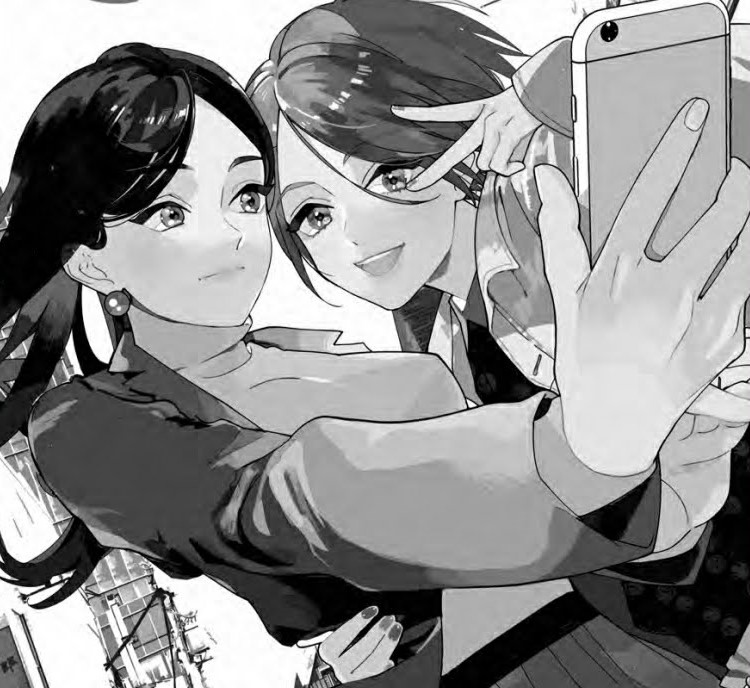


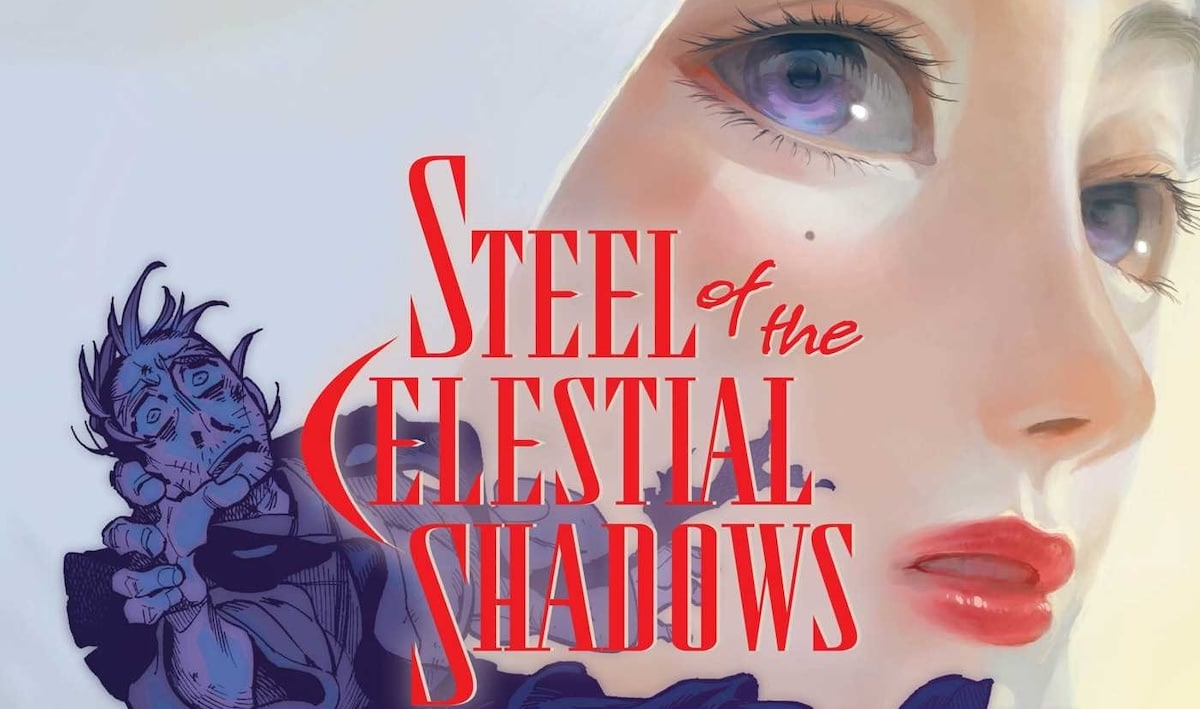

like it after playing pubg
pubg lite pc
Comments are closed.